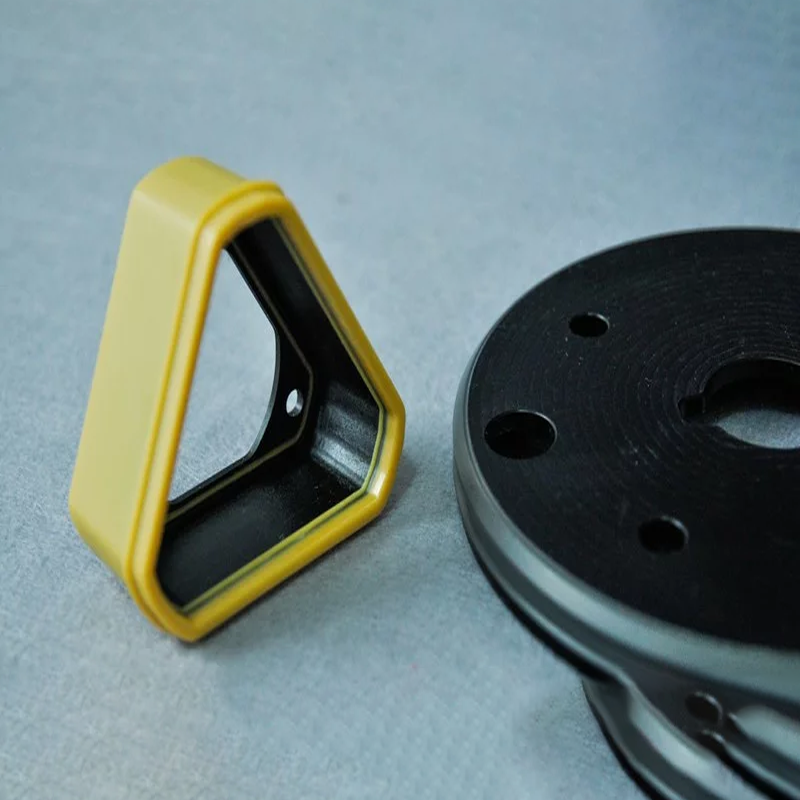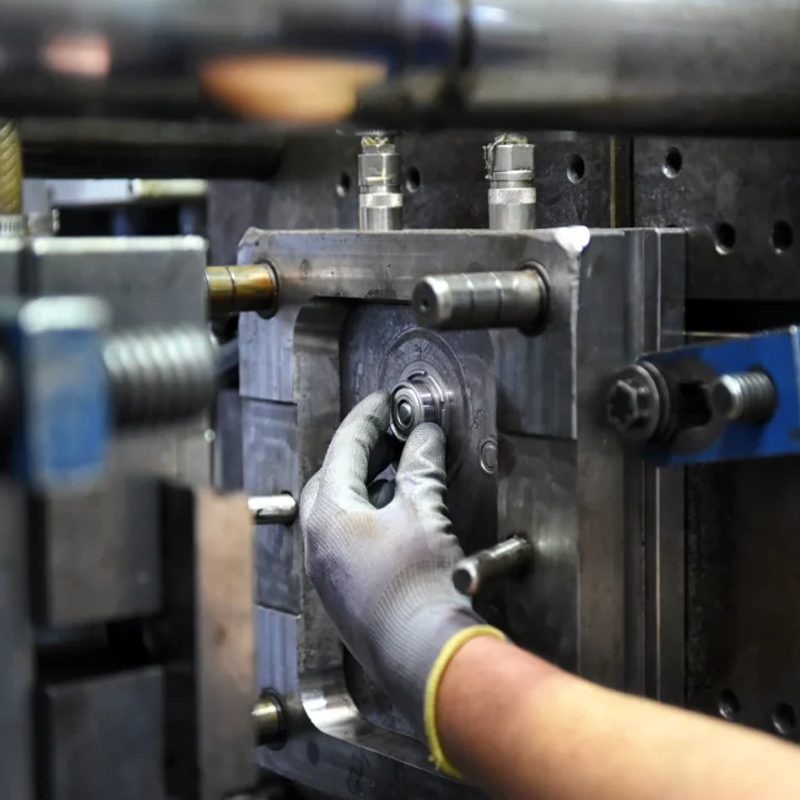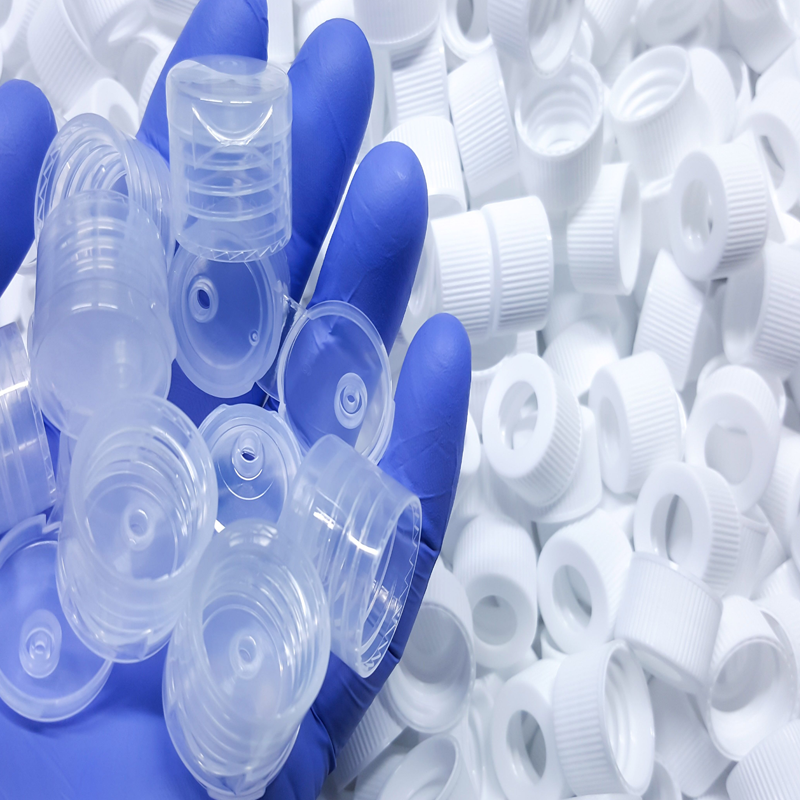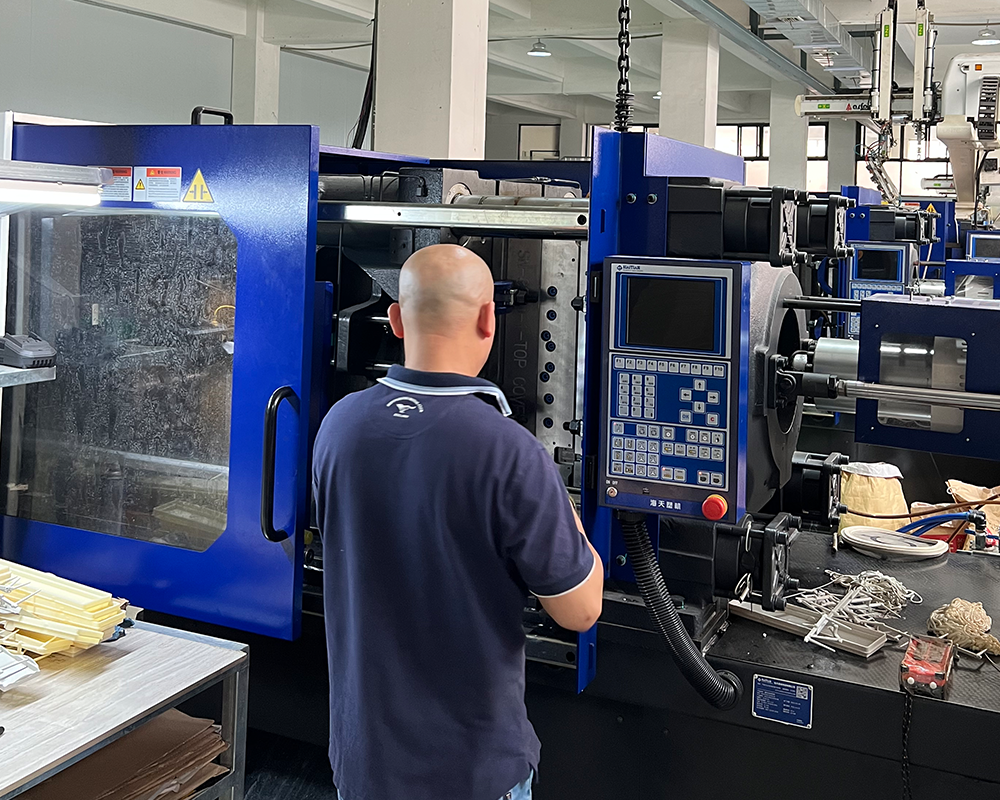Hello, this is Sunny from YJCPolymer! Today, we’re diving into the world of ABS Injection Molding, an essential process in the plastic manufacturing industry. ABS (Acrylonitrile Butadiene Styrene) is one of the most versatile thermoplastics available, providing a remarkable combination of strength, impact resistance, and ease of processing. This makes ABS a preferred choice for producing high-quality, durable components used in a wide range of industries, including automotive, consumer electronics, medical devices, and beyond. In this post, we’ll explore the benefits, challenges, and applications of ABS injection molding, and how YJCPolymer can help you leverage this process for your manufacturing needs.
Understanding ABS and Its Versatility in Manufacturing
ABS is a copolymer composed of three primary monomers: acrylonitrile, butadiene, and styrene. Each of these contributes unique properties to the material, such as acrylonitrile’s chemical resistance, butadiene’s toughness and impact resistance, and styrene’s rigidity and ease of processing. The combination of these properties makes ABS well-suited for injection molding applications, where precision, reliability, and consistency are critical.

ABS Injection Molding Process
ABS injection molding involves injecting molten ABS plastic into a mold cavity under high pressure. This process allows for the mass production of parts with excellent detail and dimensional accuracy, making it ideal for producing complex geometries and intricate designs. The material is first heated until it reaches a molten state and is then injected into a mold, where it cools and solidifies into the desired shape. This process is repeatable, cost-effective, and capable of producing high-quality parts in a variety of industries.
Benefits of ABS Injection Molding
-
Durability and Strength
ABS injection molded parts exhibit excellent mechanical properties, including high strength, rigidity, and resilience. This makes them ideal for products that require long-lasting performance and the ability to withstand impact or stress. The robustness of ABS parts ensures they can endure demanding environments and heavy usage.
-
Impact Resistance
One of the standout features of ABS is its superior impact resistance. This material can absorb energy and maintain structural integrity even when subjected to sudden shocks or repeated stress. This makes ABS particularly suitable for automotive parts, consumer electronics, and other applications that require high-impact performance.
-
Excellent Dimensional Stability
ABS exhibits low shrinkage rates during cooling, which ensures that molded parts maintain their intended shape and size. This stability is especially beneficial for industries where precision is paramount, such as electronics, automotive, and medical devices.

-
Aesthetic Appeal
Parts produced via ABS injection molding often exhibit a smooth, glossy surface finish. This aesthetic appeal makes ABS an excellent choice for consumer-facing products where visual quality is important, such as electronic housings and toys.
-
Post-Processing Flexibility
ABS offers excellent post-processing capabilities. It can be easily painted, plated, or bonded to other materials, giving manufacturers the flexibility to further enhance the final product. This versatility allows for a wide range of finishes and customizations to meet specific design and functional requirements.
Challenges and Limitations of ABS Injection Molding
While ABS injection molding offers numerous advantages, there are also some challenges that manufacturers must be aware of:
-
Shrinkage
ABS tends to shrink as it cools, which can result in dimensional inaccuracies if not managed carefully. To overcome this, manufacturers must ensure proper mold design and process control to account for material shrinkage.
-
Warping
Warping can occur when ABS cools unevenly, especially in large or thick-walled parts. The mold’s cooling system and design play a critical role in minimizing warping. Proper temperature control and mold balance are essential to prevent this issue.
-
Chemical Resistance
While ABS has good resistance to many chemicals, it is not impervious to all substances. In certain applications where exposure to harsh chemicals is expected, it’s essential to evaluate the material’s compatibility before proceeding with production.

-
UV Sensitivity
ABS is susceptible to UV degradation, meaning it can discolor or weaken when exposed to prolonged sunlight. For outdoor applications, additional UV stabilizers or alternative materials may be required to ensure durability.
-
Recycling and Environmental Concerns
ABS is more challenging to recycle than other plastics, mainly due to its complex chemical composition. While recycling is possible, it may require specialized facilities to ensure the process is efficient and environmentally responsible.
Key Applications of ABS Injection Molding
ABS is employed across various industries due to its favorable properties. Some of the most common applications include:
– Automotive Parts: ABS is widely used for interior and exterior automotive components, such as dashboard panels, trim parts, door handles, and grilles. Its impact resistance and ability to withstand high temperatures make it an ideal choice for automotive applications.
– Consumer Electronics: ABS is commonly used to produce the housings for products like smartphones, computers, and household appliances. Its ability to insulate against electricity, combined with its impact resistance, makes it perfect for these applications.
– Toys and Games: ABS is a popular choice for manufacturing toys due to its durability and impact resistance. It is used in the production of everything from action figures to building blocks and board games.
– Medical Devices: ABS is used for medical device components like instrument cases and trays, as it offers good chemical resistance and can withstand repeated sterilization cycles.
– Household Products: Items like kitchenware, storage containers, and cleaning tools are commonly made from ABS due to its ease of processing and aesthetic qualities.

Alternative Plastics for Injection Molding
Though ABS is widely used, other plastics also find applications in injection molding processes. Here’s a quick comparison with a few alternatives:
– Polycarbonate (PC): Known for its high impact resistance and optical clarity, polycarbonate is often used in applications requiring transparency or high heat resistance. It’s more expensive than ABS but offers similar toughness.
– Polypropylene (PP): With excellent chemical resistance, polypropylene is often chosen for products requiring chemical stability but is generally less durable than ABS.
– Nylon (PA): Known for its strength and durability, nylon is used in demanding industrial applications but is more expensive and harder to process than ABS.
Each plastic material comes with its own set of benefits and trade-offs, and selecting the right one depends on the specific needs of the application.

Partner with YJCPolymer for Your ABS Injection Molding Needs
At YJCPolymer, we specialize in providing high-quality ABS injection molding services that meet the diverse needs of our customers. With extensive experience and a commitment to excellence, we ensure that our products deliver superior performance in even the most demanding applications. Whether you’re in automotive manufacturing, consumer electronics, or any other industry, our team is equipped to handle your injection molding requirements with precision and efficiency.
If you’re looking to explore the advantages of ABS injection molding for your next project, reach out to us today! Our team at YJCPolymer is here to offer expert guidance and help you choose the best materials and processes for your manufacturing needs. Let’s work together to create high-quality, cost-effective products that stand out in the market!

Conclusion
ABS injection molding is a versatile and reliable process that plays a significant role in the production of high-quality plastic parts across numerous industries. Whether you’re looking for strength, impact resistance, or aesthetic appeal, ABS offers a range of benefits that make it an excellent choice for injection molding. Understanding the properties, advantages, limitations, and application areas of ABS will allow you to make informed decisions and optimize your manufacturing processes. With the right knowledge and the right partner, such as YJCPolymer, you can take full advantage of ABS injection molding to create innovative and durable products for your business.